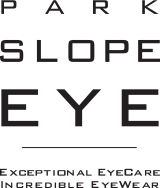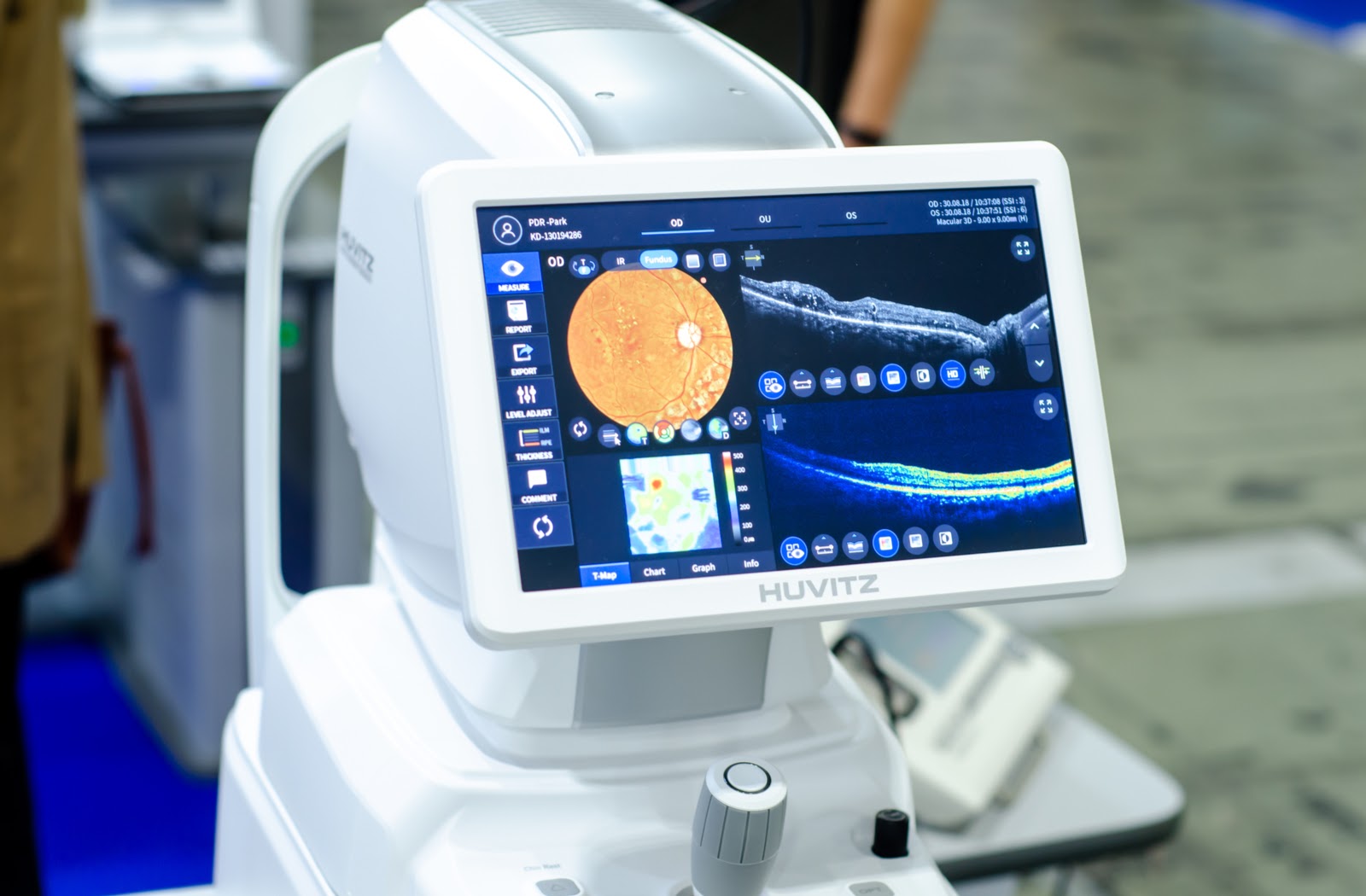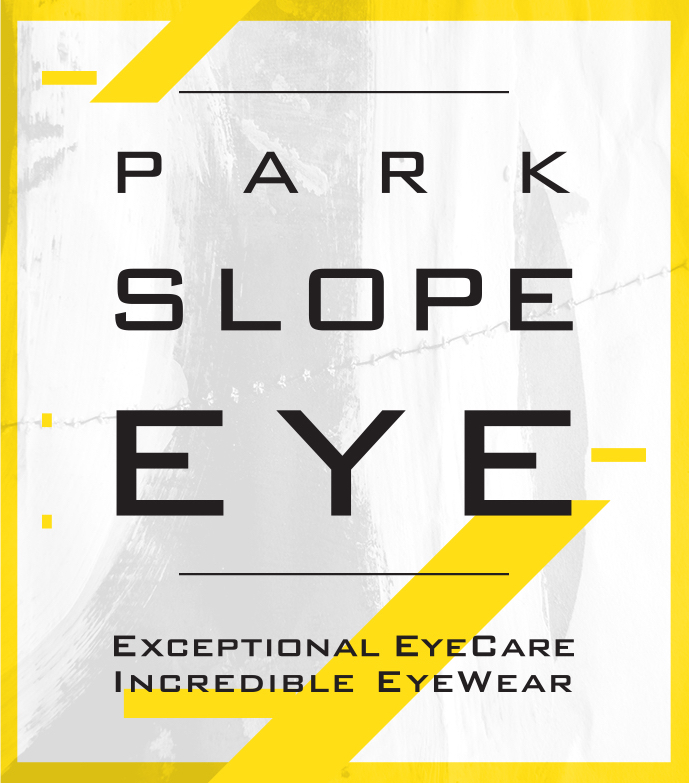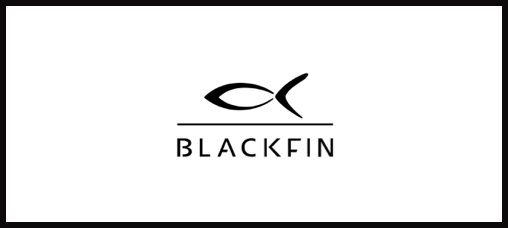During an eye exam, your optometrist doesn’t only test your vision. They’ll assess your overall eye health to check for eye diseases. Examining your eye health can help identify any potential problems.
Several tools help your optometrist to examine your eyes, including optical coherence tomography (or OCT). What is OCT, and what is it used for? Before your next eye exam, learn more about optical coherence tomography.
What is Optical Coherence Tomography?
OCT is an imaging tool for capturing high-resolution, cross-sectional images of the back of your eye. A noninvasive laser obtains images of the layers of the retina and optic nerve. These help your optometrist identify and diagnose eye diseases.
OCT is similar to an ultrasound, but it uses light instead of sound. It can effectively view and capture images of the retina with detail and accuracy. OCT is an effective assessment tool for several reasons:
- It’s noninvasive
- It’s painless
- It has minimal health risks
- It has no radiation
If your optometrist uses OCT in your eye exam, how does it work, and what should you expect to happen?
How Does OCT Work?
OCT is similar to an ultrasound, using light waves instead of sound waves. These light waves reflect off of different depths within the eye to reconstruct a profile, while a laterally scanning light beam creates a 3D image of the eye.
With the constructed profile, your optometrist can measure your retina’s thickness and see its different layers. The images help with diagnosis and treatment planning for different eye conditions and tracking the retina’s healing process.
With OCT, your optometrist doesn’t need to guess if there is retinal swelling; they can look at the detailed information the images provide. When your eye doctor plans to use OCT during your exam, what should you expect?
What to expect with OCT
Before your exam begins, your optometrist may administer dilating eye drops for an easier examination. The machine then scans your eyes for around 5 to 10 minutes to create a detailed profile. After reviewing the OCT results, your optometrist can diagnose any eye conditions and recommend a treatment plan for you.
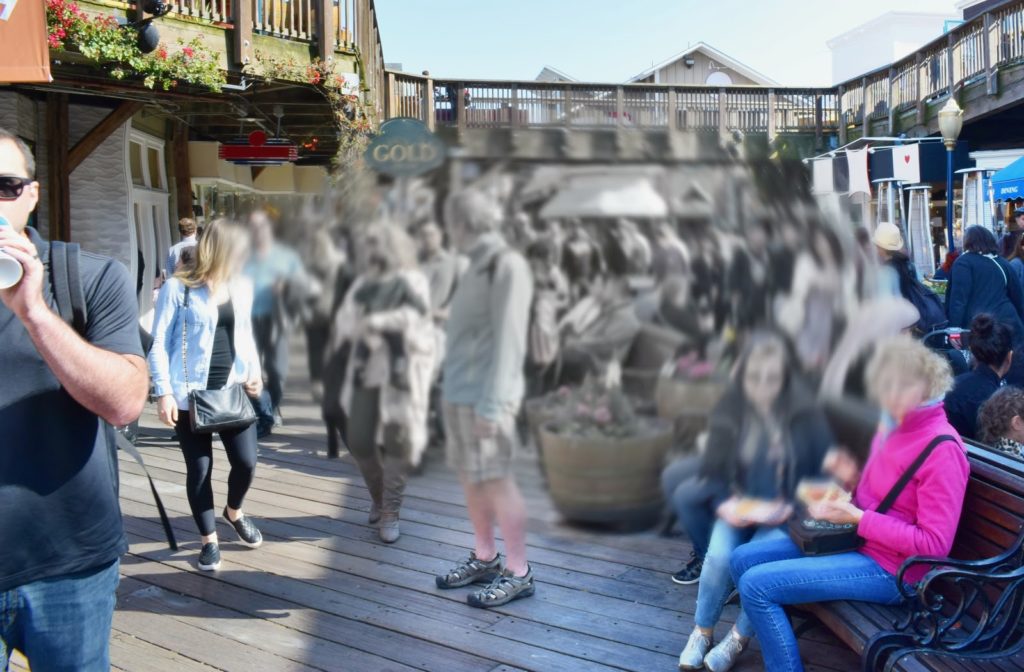
Diagnosing Eye Diseases With OCT
Your optometrist may use OCT during your comprehensive eye exam or if you’re at risk of eye disease due to conditions like diabetes. Early detection is important for eye diseases like glaucoma, which may not present any symptoms until vision loss occurs. Several eye diseases can affect the retina, optic nerve, and blood vessels that OCT can help diagnose, such as:
Age-related macular degeneration
Age-related macular degeneration (AMD) causes central vision loss while your peripheral vision is unaffected. AMD affects your ability to see fine details and is a leading cause of vision loss in people over 50 years old. Two variants of this disease exist, Dry and Wet AMD.
Dry AMD occurs when the macula becomes thinner with age, causing the gradual loss of your central vision. It’s a more common form of this disease.
Wet AMD happens when abnormal blood vessels grow underneath your retina. The blood vessels may leak fluid or blood, scarring the macula. Contact your optometrist right away if you experience:
- Changes in your perception of color
- Sensitivity to glare
- Lines that should be straight appearing wavy
- Gradual or sudden changes in vision quality
- Dark, blurry, or whited-out areas in your central vision
Diabetic retinopathy
Diabetic retinopathy is a diabetes complication where blood vessels in the retina damage your eyes. This condition can develop in anyone affected by type 1 or 2 diabetes. Diabetic retinopathy may present no initial symptoms but can eventually cause blindness.
Regular eye exams are vital if you have diabetes. Have your eyes assessed right away if you experience sudden blurry or lost vision. Symptoms can include:
- Fluctuating vision
- Spots or floaters in your vision
- Dark areas within your vision
- Impaired color vision
- Vision loss
- Blurry vision
Glaucoma
Glaucoma is a group of eye diseases that damage your optic nerve. A leading cause of blindness, glaucoma typically presents little to no symptoms until your vision is lost. With glaucoma, vision loss is irrecoverable, so regular eye exams are vital for diagnosing any signs of disease.
With an early diagnosis, your optometrist can recommend treatments to slow or prevent future vision loss. Book an appointment if you experience any:
- Eye pain
- Blurred vision
- Blind spots in your vision
- Severe headache
- Halos appearing around lights
These are only a few examples of the eye diseases OCT can identify. If you want to protect your long-term eye health, keep up with regular eye exams. The risk of many eye diseases can increase with age, but an annual exam can help your eyesight last.
Capture a Picture of Your Eye Health
OCT is a helpful imaging tool, but your optometrist has many ways to evaluate your eye health. With regular eye exams, they can keep an eye on your ocular health and vision. If it’s time for your annual exam, book an appointment and help protect your eyesight.
